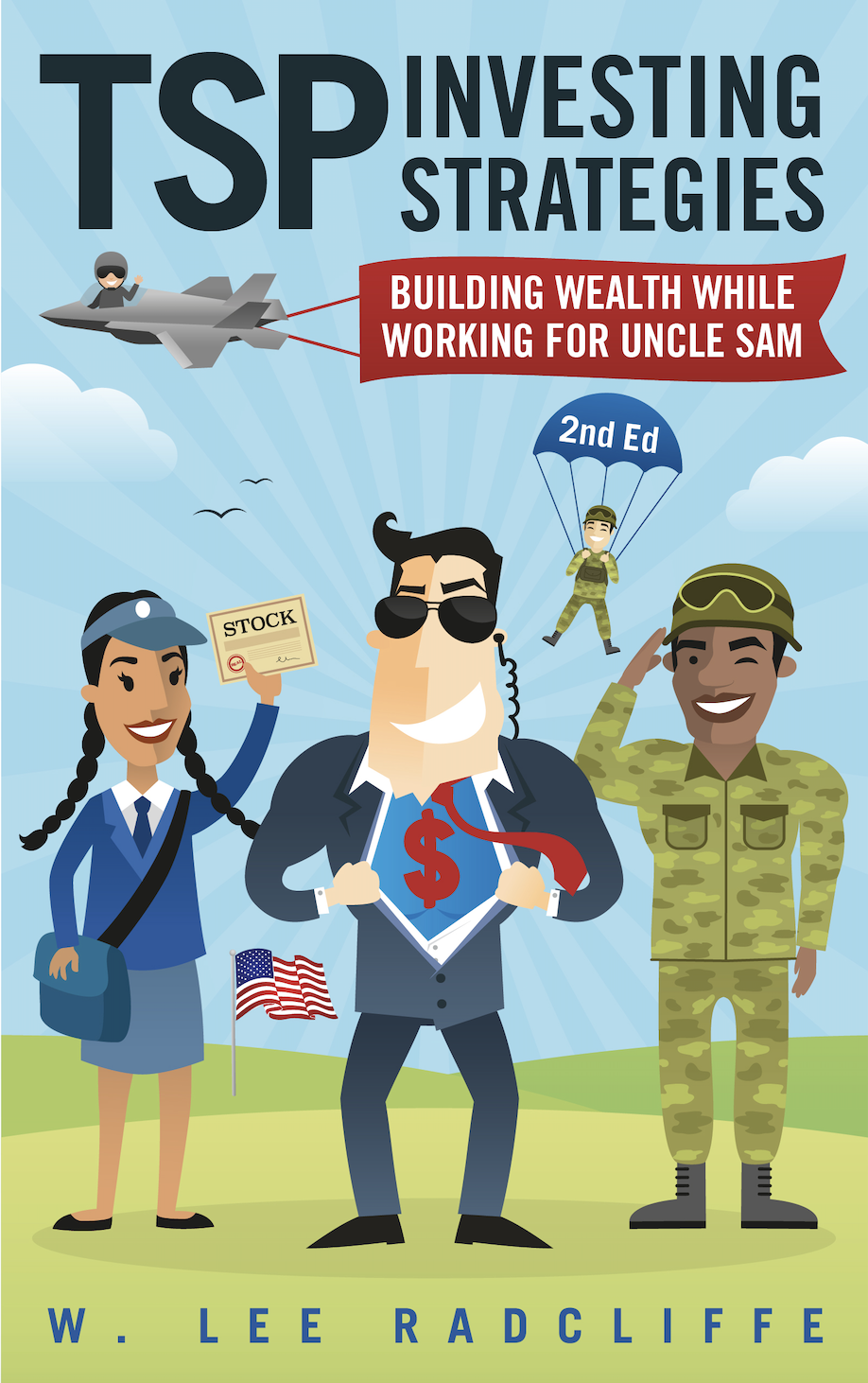DoD Officially Kicks Off New ‘Blended Retirement System’
December 19, 2017
The Department of Defense announced today that the new “Blended Retirement System” (BRS) opt-in period will commence on January 1, 2018.
DoD noted that close to 1.6 million current service members can choose to remain in the legacy retirement system or choose to opt into the BRS.
All new uniformed service members will automatically be enrolled in the BRS after January 1, 2018.
The DoD announcement directed service members to visit one of these designated resources to opt into BRS:
Army, Air Force, Navy: MyPay (https://mypay.dfas.mil) Marine Corps: Marine Online (MOL) (https://www.mol.usmc.mil) Coast Guard, NOAA Commissioned Corps: Direct Access (https://portal.direct-access.us) U.S. Public Health Service (USPHS): Contact the USPHS Compensation Branch
The real interesting change is the new default fund, the “lifecycle fund”, instead of the G Fund for low-returning government securities. The funds are determined according to one’s birth year, as shown below:
| Fund: | For those born: | Expected TSP drawdown: | ||
|---|---|---|---|---|
| L Income | 1955 or earlier | Before 2018 | ||
| L 2020 | 1956 – 1962 | 2018 – 2024 | ||
| L 2030 | 1963 – 1972 | 2025 – 2034 | ||
| L 2040 | 1973 – 1982 | 2035 – 2044 | ||
| L 2050 | 1983 or later | 2045 or later |
Of course, like all TSP participants, investors can choose which fund(s) to invest in on their own as well.
One unfortunate aspect of the BRS is that, while the 1% “service automatic contribution” begins immediately, the DoD matches do not begin until year three (that is, after year 2, day 1 of service).
This is designed as an incentive to stay in and stay in good standing, of course, but that’s hundreds or perhaps thousands of dollars of lost potential investments. A better system, in my opinion, would have at the very least built in graduated matches over that time. Not only would that have been more equitable to service members, it would serve as a further inducement to increase contributions on those anniversaries.
Regardless, though, it’s an exciting opportunity especially for those who do not plan to stay in the military for a full 20 years in order to receive retirement benefits. It’s also a boon for those who, like me, stayed in beyond a four-year timeframe but left the military with under ten years of total service. Those individuals left with no retirement under the old system.
And recall what a little amount of investing can achieve over a lifetime!
More information can be found at militarypay.defense.gov/BlendedRetirement. For complete details on the BRS, prospective entrants can also refer to the TSP’s excellent April 2017 description of the Blended Retirement System here.
Related topics: military-investing roth-tsp